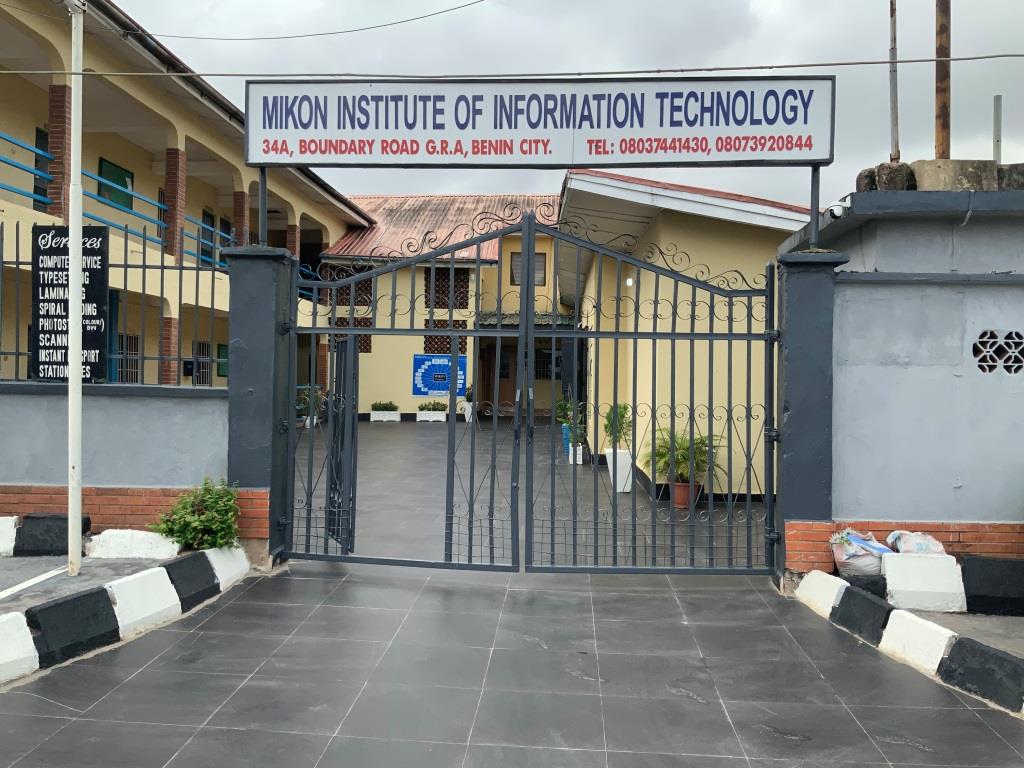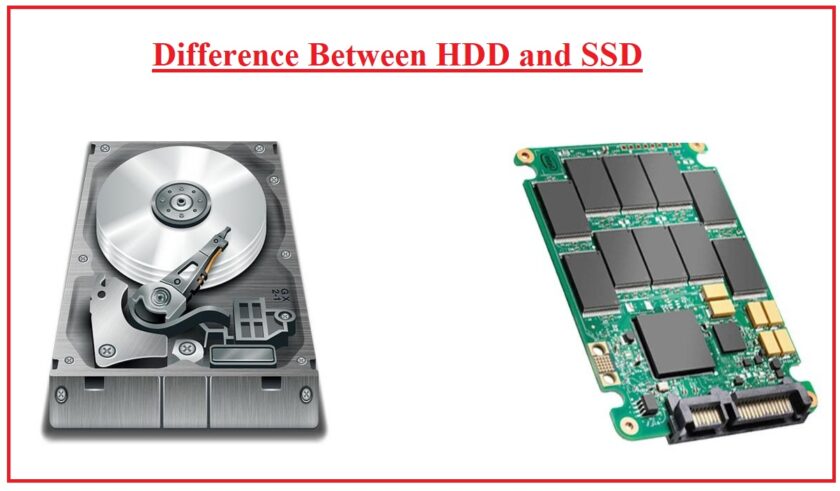How ICT Helped Mikon Institute of Information Technology Improve Efficiency
Introduction
How ICT Helped Mikon Institute of Information Technology Improve Efficiency: Mikon Institute of Information Technology (MIIT) is a leading educational institution specializing in ICT training, web designing, and software development. Like many educational institutions, MIIT faced challenges related to administrative efficiency, student engagement, and curriculum delivery. To address these issues, the institute embraced Information and Communication Technology (ICT) solutions. This article explores how ICT helped MIIT improve efficiency, enhance learning experiences, and streamline operations.
1. Streamlining Administrative Processes
Overview: Administrative tasks, such as student registration, fee management, and scheduling, can be time-consuming and prone to errors when handled manually. MIIT needed a solution to streamline these processes and reduce administrative burdens.
ICT Solutions Implemented:
- Student Information System (SIS): MIIT implemented an SIS to manage student data, including registration, attendance, grades, and academic history. The system provided a centralized platform for storing and accessing student information.
- Online Payment System: The institute introduced an online payment system, allowing students to pay tuition fees and other charges electronically. This reduced the need for in-person transactions and minimized cash handling.
Impact:
- Efficient Administration: The SIS automated many administrative tasks, reducing paperwork and manual data entry. This improved the accuracy and efficiency of record-keeping.
- Convenient Payments: The online payment system made fee transactions more convenient for students and parents, reducing administrative workload and ensuring timely payments.
2. Enhancing Curriculum Delivery and Learning
Overview: Traditional teaching methods may not fully engage students in an ICT-focused curriculum. MIIT sought to integrate technology into its teaching methods to enhance learning experiences and provide hands-on training.
ICT Solutions Implemented:
- Learning Management System (LMS): The institute implemented an LMS to deliver course materials, assignments, and quizzes online. The LMS also facilitated communication between instructors and students.
- Virtual Labs: MIIT set up virtual labs for practical training in areas such as programming, web development, and cybersecurity. These labs allowed students to access software and tools remotely, providing a hands-on learning experience.
Impact:
- Flexible Learning: The LMS enabled students to access course materials and complete assignments at their own pace, accommodating different learning styles and schedules.
- Practical Training: The virtual labs provided students with practical experience, helping them develop the technical skills required in the ICT industry. This hands-on approach enhanced their understanding of complex concepts.
3. Improving Communication and Collaboration
Overview: Effective communication between students, instructors, and administrative staff is essential for a smooth educational experience. MIIT aimed to improve communication channels to foster better collaboration and engagement.
ICT Solutions Implemented:
- Communication Platforms: MIIT adopted communication platforms such as Microsoft Teams and Zoom for virtual classes, meetings, and discussions. These platforms facilitated real-time communication and collaboration.
- Intranet Portal: The institute developed an intranet portal to disseminate important information, such as announcements, schedules, and academic policies, to students and staff.
Impact:
- Seamless Communication: The use of communication platforms enabled seamless interaction between students and instructors, even in remote or hybrid learning environments. This was especially crucial during the COVID-19 pandemic.
- Centralized Information: The intranet portal served as a central hub for information, ensuring that students and staff were well-informed about institute activities and updates.
4. Enhancing Data Management and Analytics
Overview: MIIT needed to manage and analyze data related to student performance, course enrollment, and resource utilization. Effective data management was essential for making informed decisions and improving educational outcomes.
ICT Solutions Implemented:
- Data Analytics Tools: The institute adopted data analytics tools to analyze student performance data, track enrollment trends, and monitor resource utilization. These tools provided insights into student progress and course effectiveness.
- Academic Dashboard: MIIT developed an academic dashboard that displayed key performance indicators (KPIs) and metrics related to student achievement, attendance, and course completion rates.
Impact:
- Informed Decision-Making: Data analytics enabled MIIT to identify areas for improvement, such as underperforming courses or students needing additional support. This data-driven approach facilitated targeted interventions.
- Transparency and Accountability: The academic dashboard provided transparency in academic performance, helping instructors and administrators track progress and make data-informed decisions.
5. Supporting Remote and Hybrid Learning
Overview: The COVID-19 pandemic accelerated the need for remote and hybrid learning solutions. MIIT needed to ensure that students could continue their education without disruption, regardless of location.
ICT Solutions Implemented:
- Online Course Delivery: The institute transitioned to online course delivery using the LMS and video conferencing tools. This allowed instructors to conduct live lectures and provide recorded sessions for asynchronous learning.
- Digital Resources: MIIT expanded its digital library and online resources, giving students access to e-books, research papers, and other educational materials.
Impact:
- Continuity of Education: The shift to online course delivery ensured that students could continue their education during lockdowns and travel restrictions. The flexibility of online learning also benefited working students.
- Access to Resources: The availability of digital resources provided students with a wealth of information, supporting their studies and research activities.
Conclusion
The adoption of ICT solutions significantly improved efficiency and effectiveness at Mikon Institute of Information Technology. By streamlining administrative processes, enhancing curriculum delivery, improving communication, and leveraging data analytics, MIIT created a more engaging and productive learning environment. As the institute continues to embrace technological advancements, it remains well-positioned to adapt to the evolving landscape of ICT education and provide students with the skills needed for a successful career in the industry.






